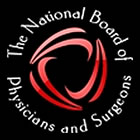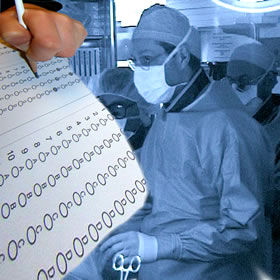 The lyrics of the 1923 song go like this: “Who’s sorry now, who’s sorry now? / Whose heart is achin’ for breakin’ each vow?”
The lyrics of the 1923 song go like this: “Who’s sorry now, who’s sorry now? / Whose heart is achin’ for breakin’ each vow?”
And today, it was the American Board of Internal Medicine (ABIM) who said they were sorry for breaking the hearts of all the cardiologists in the U.S. of A.
They wrote specifically: “We got it wrong and sincerely apologize. We are sorry.” Continue reading

 Today’s the day that
Today’s the day that  The buzz going around the medical community this week is Dr. Paul Teirstein’s article in today’s New England Journal of Medicine, titled “
The buzz going around the medical community this week is Dr. Paul Teirstein’s article in today’s New England Journal of Medicine, titled “
 Rumors and theories about an acquisition of Volcano Corporation (NASDAQ: VOLC) had been circulating for quite some time: months, years even. The company seemed an obvious choice: it has an advanced intravascular ultrasound (IVUS) technology that leads the market, with Boston Scientific coming in second; it has a fractional flow reserve (FFR) wire that splits the market with St. Jude Medical; and recently
Rumors and theories about an acquisition of Volcano Corporation (NASDAQ: VOLC) had been circulating for quite some time: months, years even. The company seemed an obvious choice: it has an advanced intravascular ultrasound (IVUS) technology that leads the market, with Boston Scientific coming in second; it has a fractional flow reserve (FFR) wire that splits the market with St. Jude Medical; and recently  Almost two decades ago, interventional cardiology pioneer Dr. Spencer B. King III penned an article for Circulation titled, “
Almost two decades ago, interventional cardiology pioneer Dr. Spencer B. King III penned an article for Circulation titled, “


